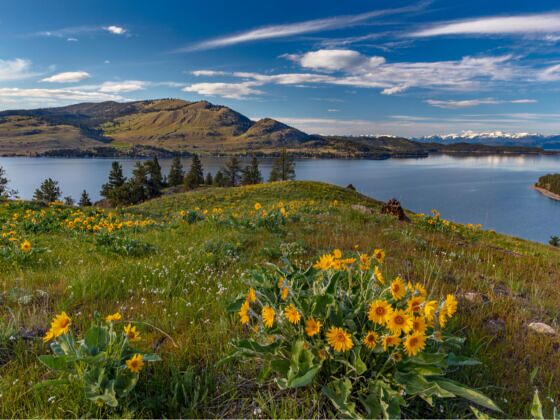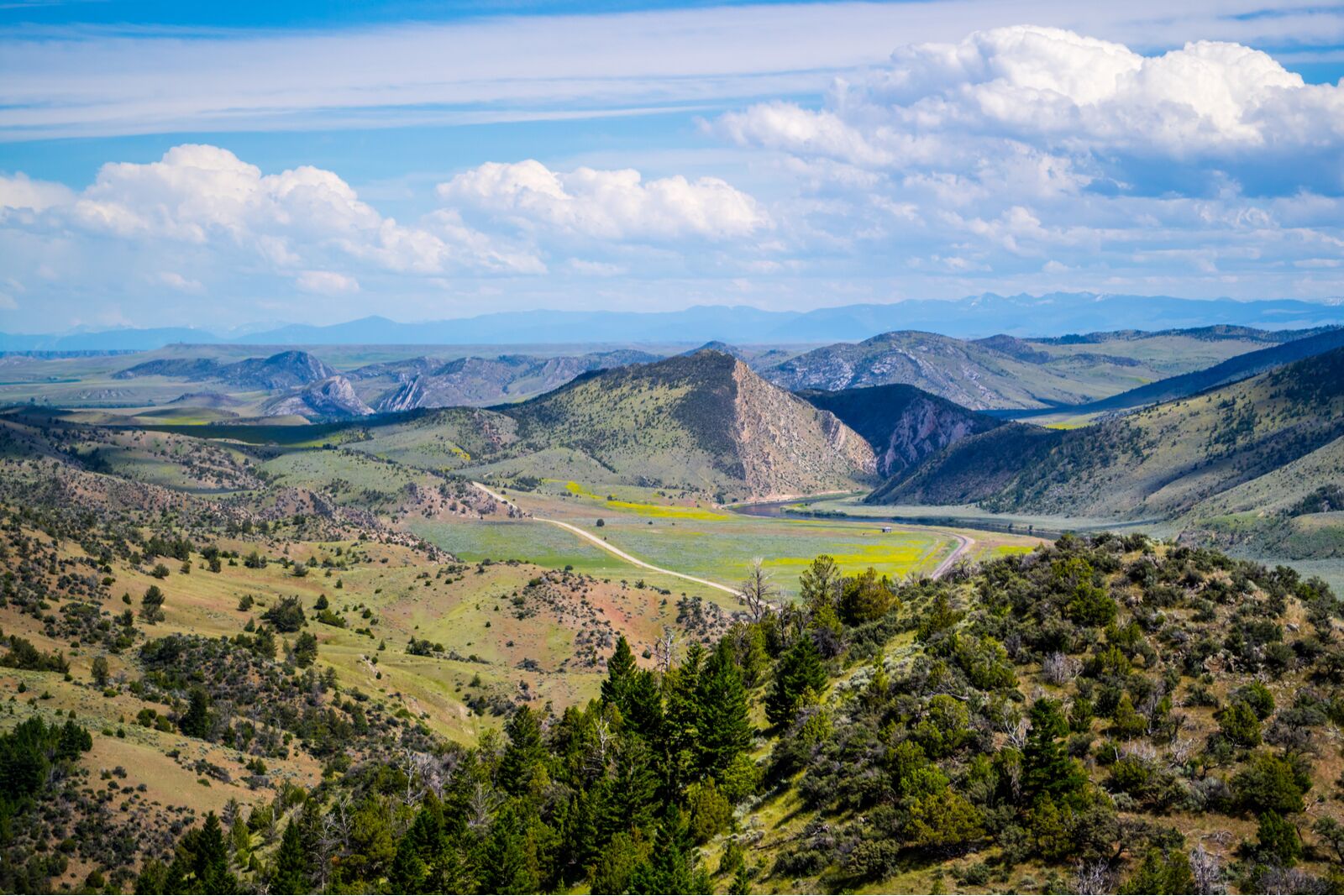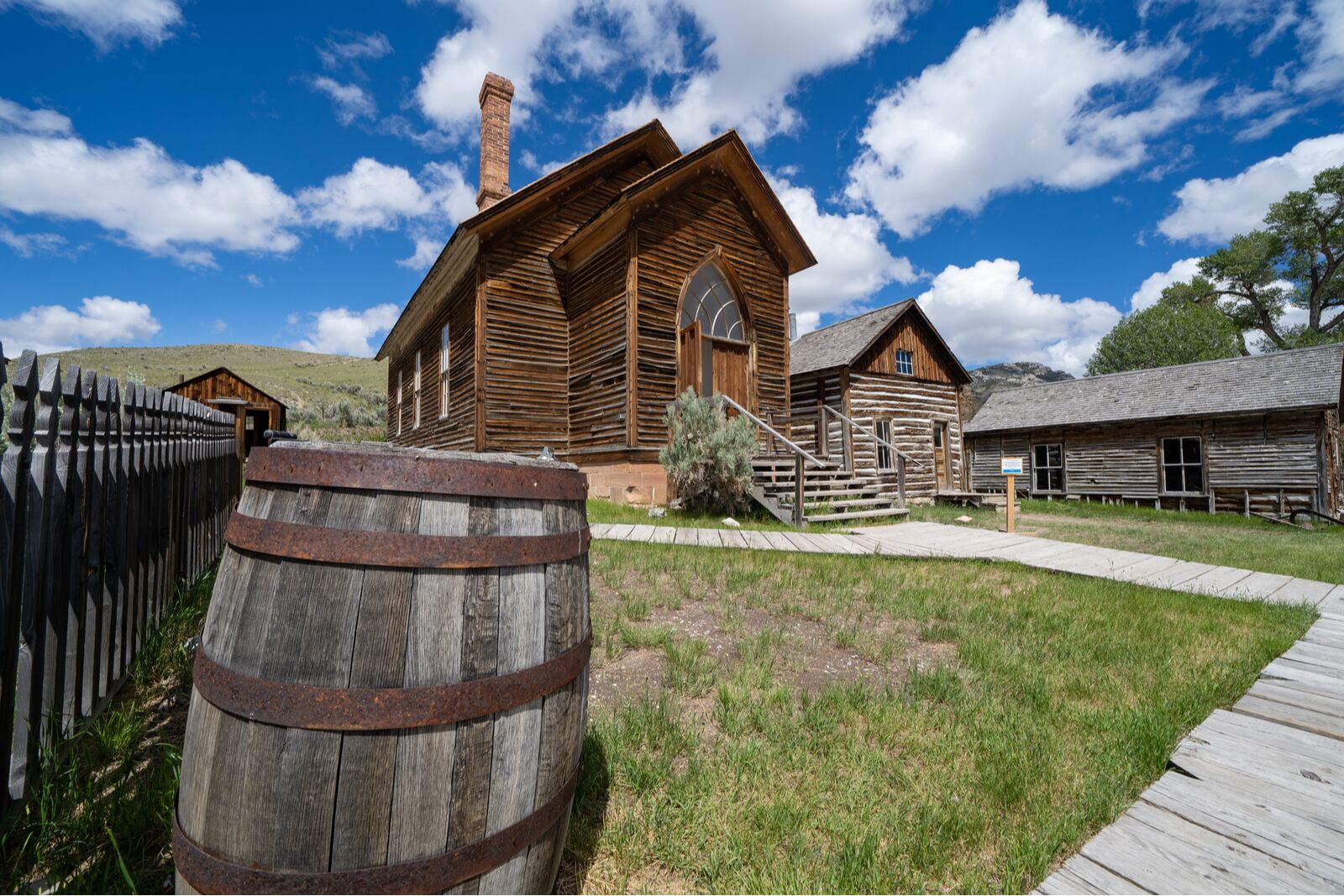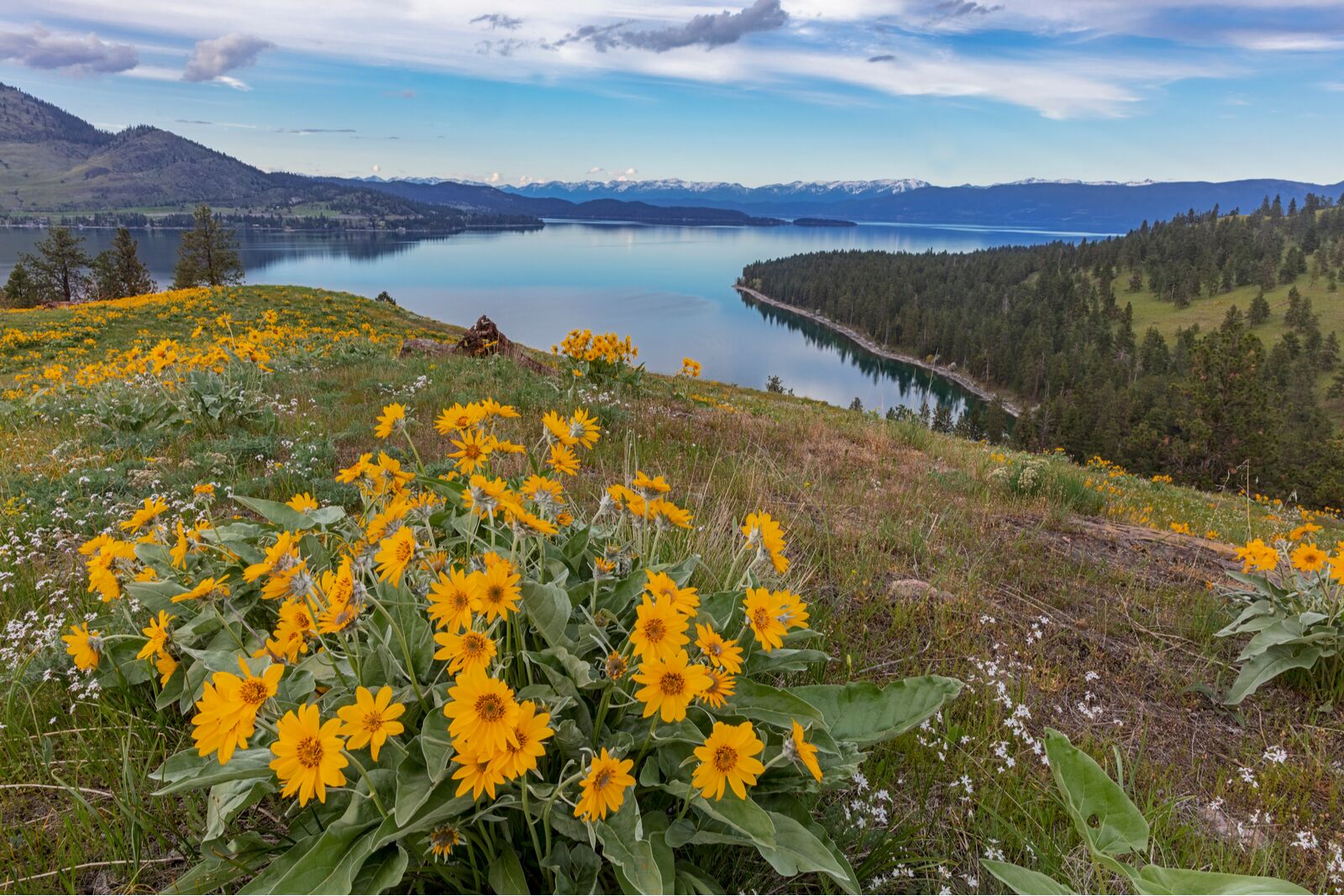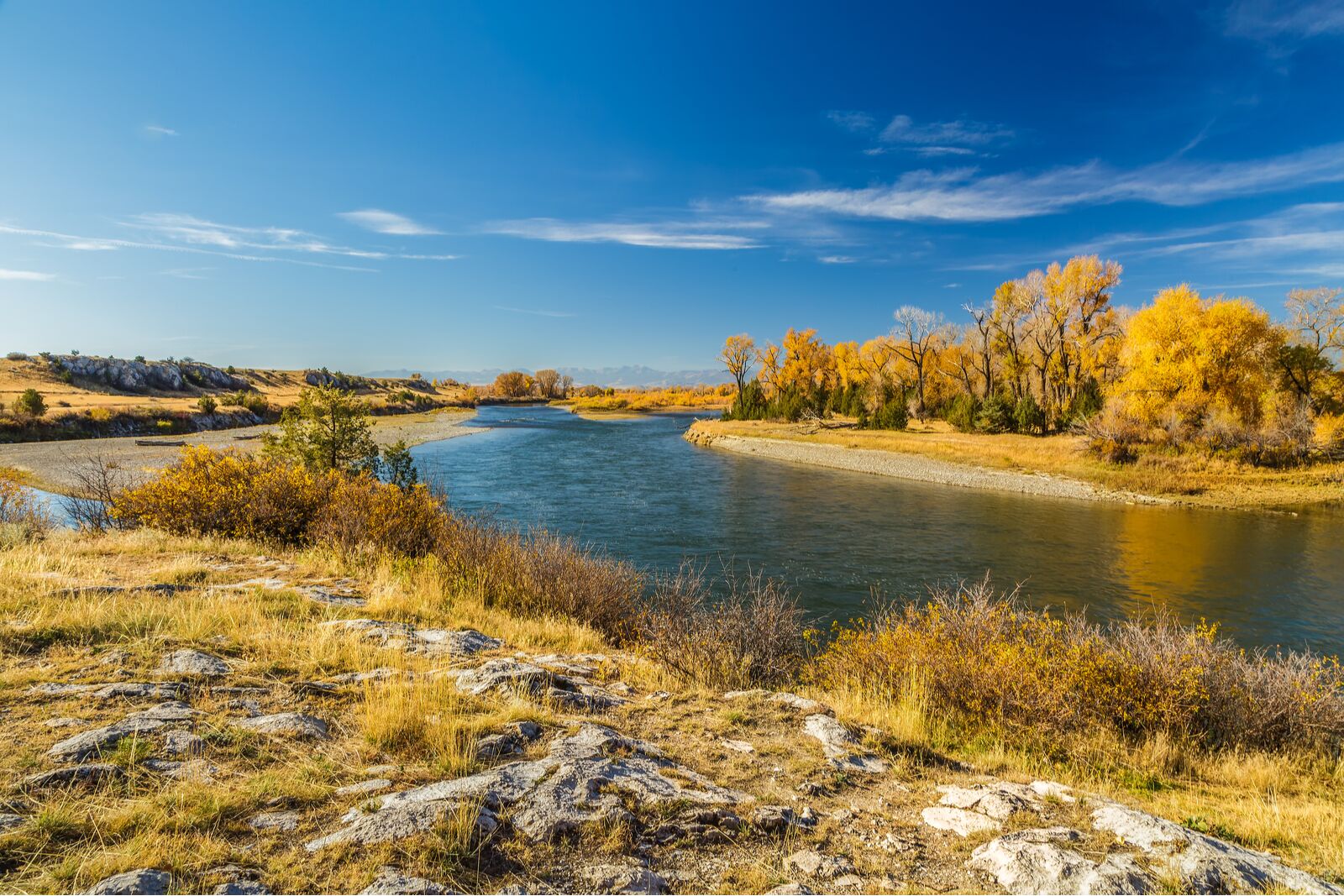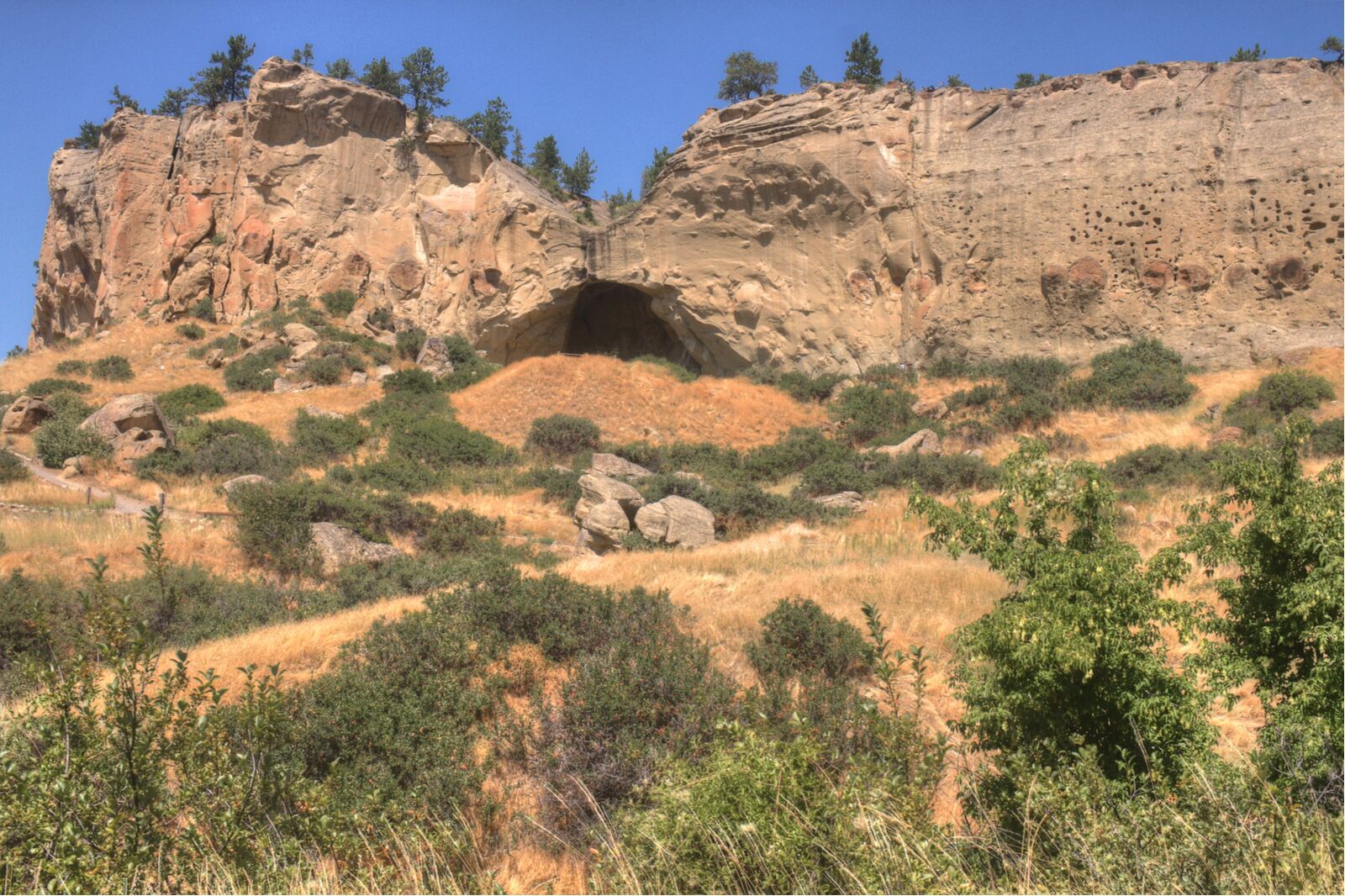Montana’s landscapes are epic. Glacier National Park sprawls across the northwest, Yellowstone National Park sits in the state’s southeast corner near Wyoming and Idaho, and a swath of national forests connects the two.
Unfortunately, the crowds at those national parks are also pretty epic.
However, the state parks in the state are blessed with just as much beauty but a fraction of the traffic. Here are seven state parks in Montana you need to visit if you want to see epic Big Sky scenery, significant historical sites — oh, and hardly any other visitors.
